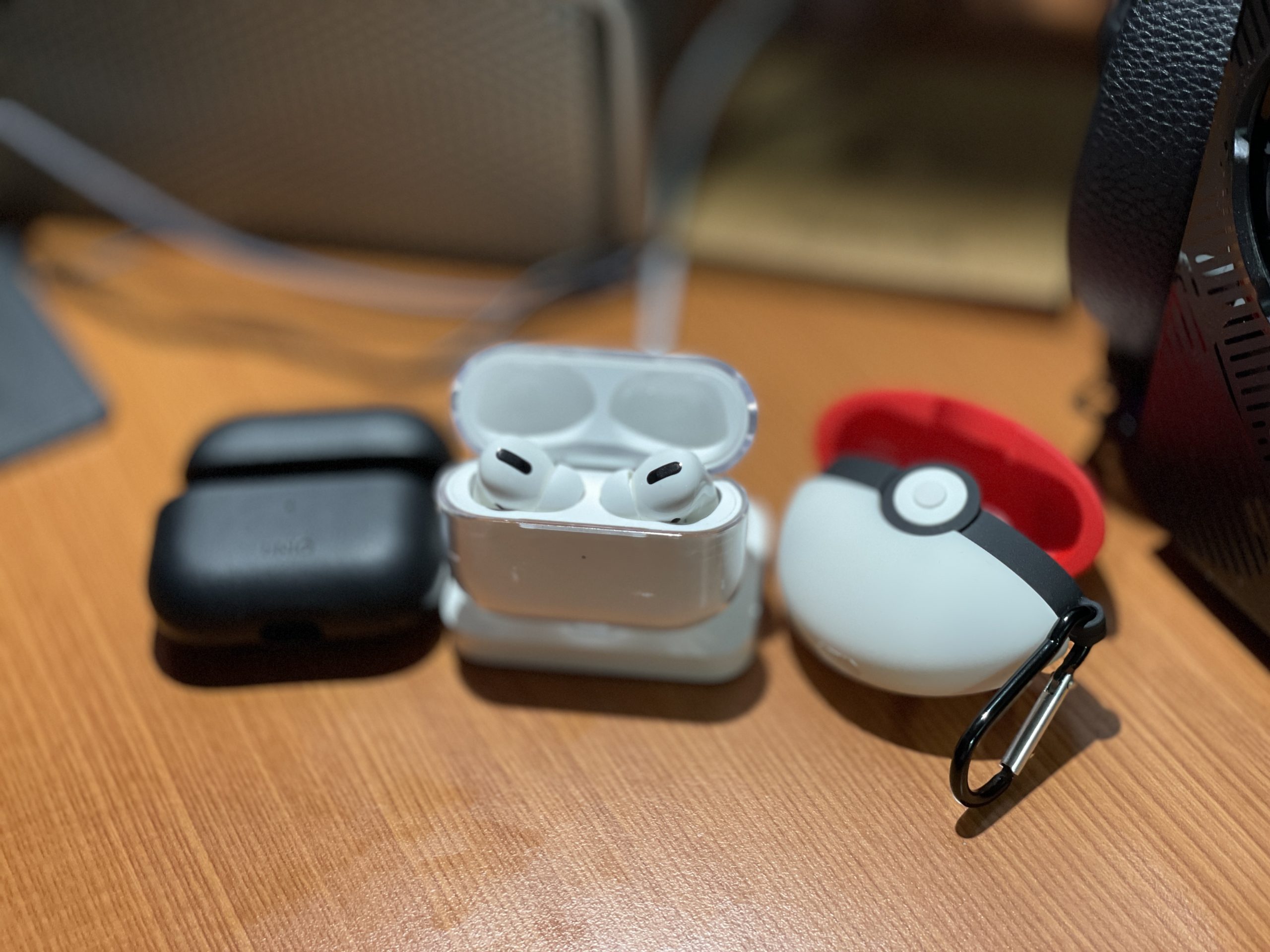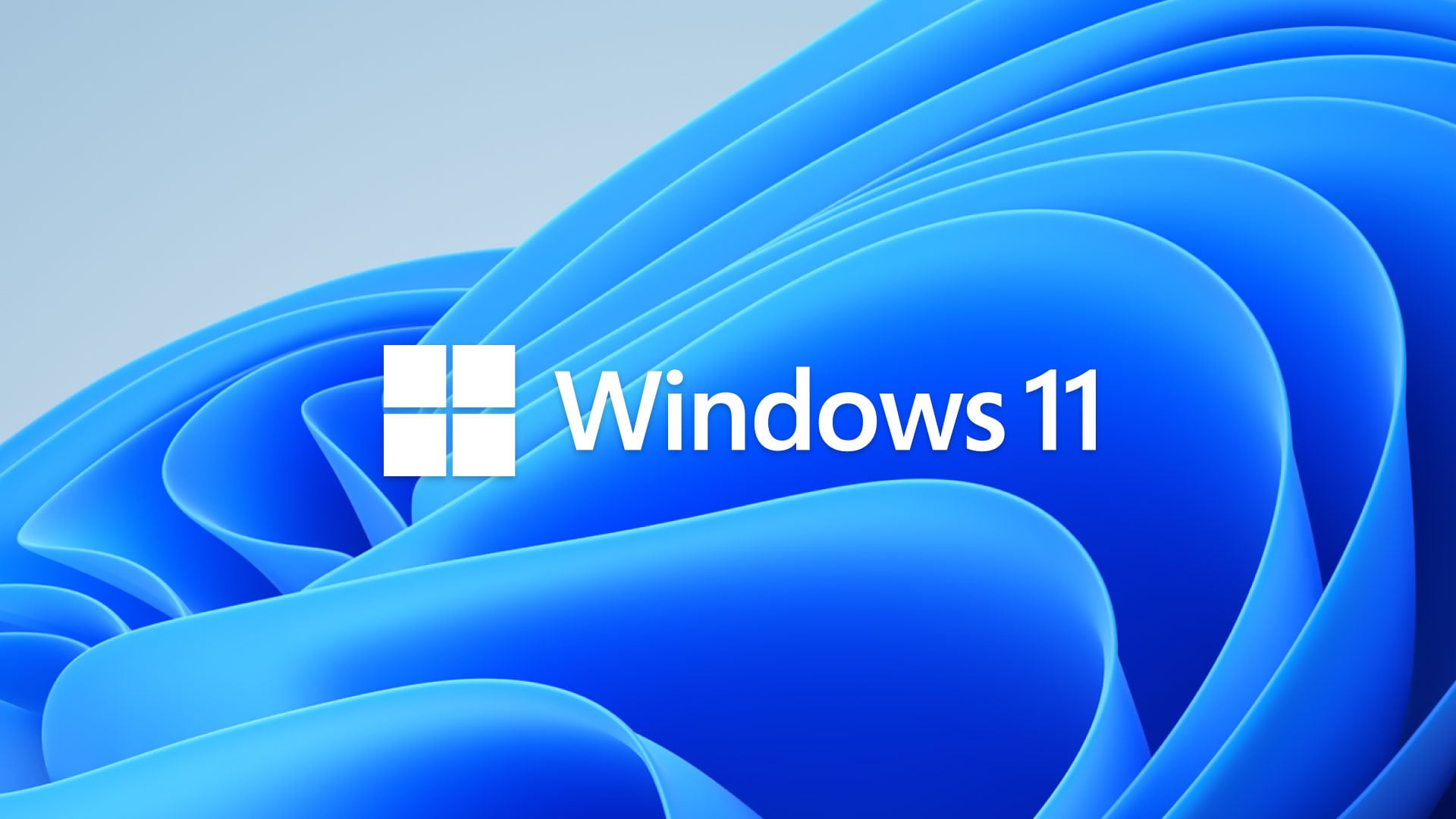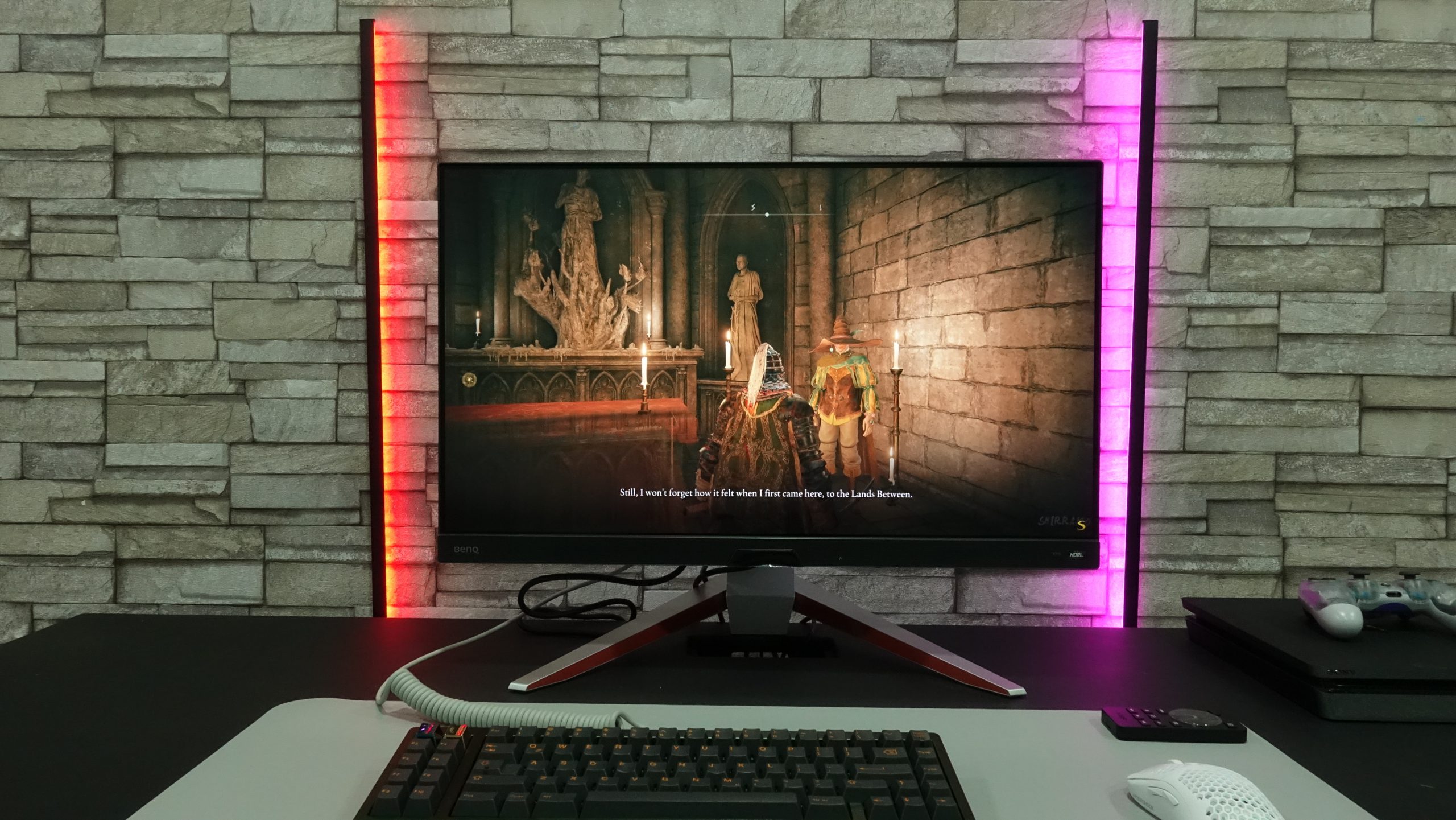
At the start of 2021, it looks like the Covid-19 pandemic might be behind us. However, as the year went by, different variants of the virus continue to sprout. It meant we have to hunker down, stay home and hope for the best.
On the bright side, this year has seen consumer tech products still launching like clockwork. The annual definitive consumer technology show CES this year in Jan became an all-virtual affair for the first time in its history.
And we saw some interesting products being launched at CES 2021, such as the Razer Zephyr RGB Mask [see review] that went from concept to being a real product.

In the same month later, Samsung launched its flagship smartphone Galaxy S21 series [see review]. And The S21 Ultra won us over with its sleek design, fast performance, great image quality and convenient 10x optical zoom camera.

After that, there was a dearth of exciting announcements in the consumer technology realm. To be fair, it is pretty normal during this period.
It will be only until Apr when the consumer technology world wakes up again with Apple’s first special event in 2021. And we saw the announcement of Thunderbolt iPad Pro [read review], re-designed M1 iMac [read review] and the item tracker Air Tag [read review]. And in June, Apple hosted its second virtual-only Worldwide Developer Conference due to the pandemic. No new products were announced apart from new software like iOS 15, iPadOS 15, watchOS 8 and macOS Monterey.

During the same month, the annual video game show Electronic Entertainment Expo (E3) was held virtually with online press conferences and showcases after last year’s event was cancelled altogether. Notable games launched during E3 2021 include Nintendo’s The Legend of Zelda: Breath of the Wild 2, Microsoft’s Starfield and the return of Diablo II: Resurrected [see review].
With Singapore seeing a rapid rise of Covid-19 cases in the months of Jul and Aug, people are encouraged to stay home and reduce the spread of the virus.
The uptake of streaming services like Netflix and Disney+ meant more people can stay home to be entertained. But that means many need to have a good and affordable TV. This is when local TV maker PRISM+ released its premium Q Series Pro Android TV [see review of the 65-inch model] with a 86-inch model costing less than S$3,000.

As per usual, Samsung will launch its second flagship smartphone before Apple’s usual Sep iPhone event. Right on cue, the South Korean tech giant launched the Galaxy Fold3 [see review] in Aug but it will not be available in Singapore until Sep.

However, we did not see any new Galaxy Note phablet. It seems like the rumours were right in Samsung killing the beloved Note series. The last Note continues to be the Note20 released in 2020.
And in Sep, with Swiss-precision clockwork, Apple announced the iPhone 13 series [see review] as well as the new Apple Watch Series 7 [see review]. Following up in Oct, Apple launched new M1 MacBook Pro [see review] and third-generation AirPods [see review] to complete their hardware line-up of 2021.

Google announced its new smartphones Pixel 6 and Pixel 6 Pro in late Oct. However, the new Pixels will only be available early next year in Singapore with pricing yet to be confirmed.
And out of the blue, Sony finally joined in the flagship smartphone fray with the release of its Xperia PRO-I. It is the world’s first smartphone with an 1-inch image sensor. In other words, photos taken with this smartphone should be able to beat the rest of the competition. We are still waiting for the chance to review it.

Meanwhile, Huawei continues to fight on and navigate around the Google Mobile Services (GMS) ban, due to US-China trade war, by releasing a plethora of products including true wireless earbuds, smartwatches, laptops and monitors. For instance, the Huawei FreeBuds 4i [see review] offers superb value for money while its MateView monitor [see review] impresses with its sleek design and visual quality.

In Aug, Huawei launches its first HarmonyOS-powered tablets in MatePad Pro and MatePad 11 [see review]. It is a sign of Huawei’s commitment to start its own software and eco-system to entice consumers into its walled garden.

As the year closes, Huawei launches its flagship P50 Pro (see first look) smartphone and a foldable smartphone with the P50 Pocket. Both smartphones are expected to be available next month.

Just as the year seems to end with some optimism, the Omicron variant of Covid-19 threw us a curveball resulting in cancelled VTL and travelling plans going astray. Upcoming tech events like next month’s CES 2022 have seen major exhibitors, like Google and Microsoft, pulling out. We will also probably see a delay in the announcement of Samsung’s next flagship smartphones, given the proximity of Chinese New Year in 2022.
However, we will get through this together and hope that 2022 will be another great year for consumer technology. Farewell, 2021. And happy 2022, everyone!






